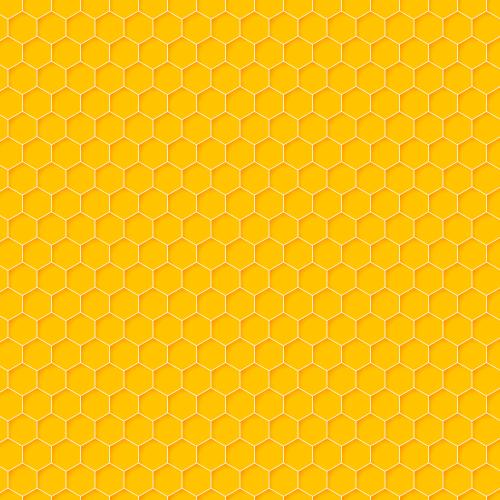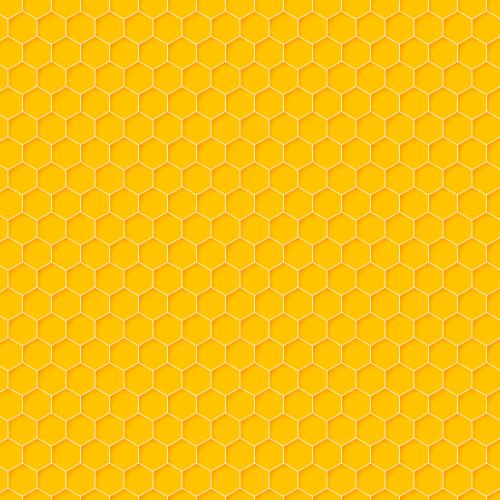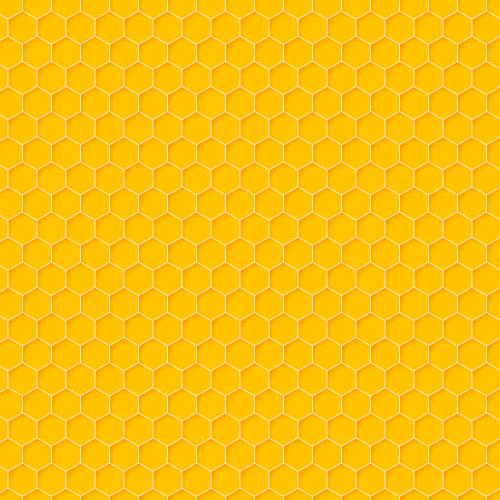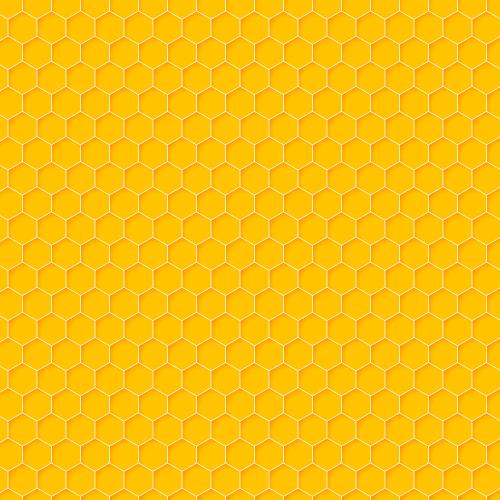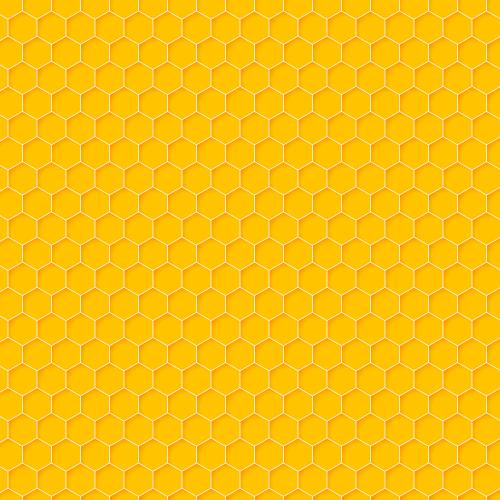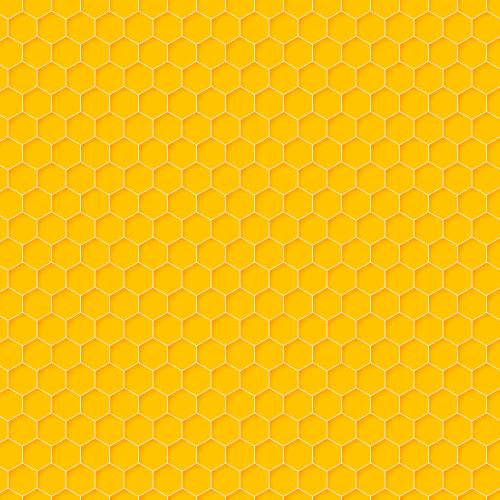PLAN BEE
Our Plan Bee for the Environment
We all understand the importance of looking after the environment and the effect our actions can have on climate change, but it’s not just our actions that can help.
Honey bees, Bumblebees and Solitary bees play a huge role in environmental health and right now need everyone’s help to continue their vital work. Blue Diamond have set up apiaries; a dedicated place for bee hives, at selected garden centres within our group.
We currently have active hives in eight of our centres - Bicester, Coton Orchard, Springfields, Harlow, Bridgemere, Chenies, Derby and Van Hage and we encourage staff to get involved with the bees.

The worrying facts...
We’ve lost 97% of our wildflower-rich meadows since the 1940s making the loss of natural habitat one of the main contributing factors to the decline of British bees. With this in mind, it is vital that we create habitats for bees in our gardens, urban green spaces, public parks and many other locations, particularly over the harsh winter months.
Tragically, in the UK, we have already lost around 13 species of bees and another 35 are currently at risk. This includes two species of UK Bumblebee and many more are currently listed as conservation priority species. One of our rarest bumblebees, the Great Yellow bumblebee is now only found in the far north and west of Scotland and perhaps the rarest UK bumblebee species, the Shrill carder bee is found only in a handful of locations in South Wales and Southern England.
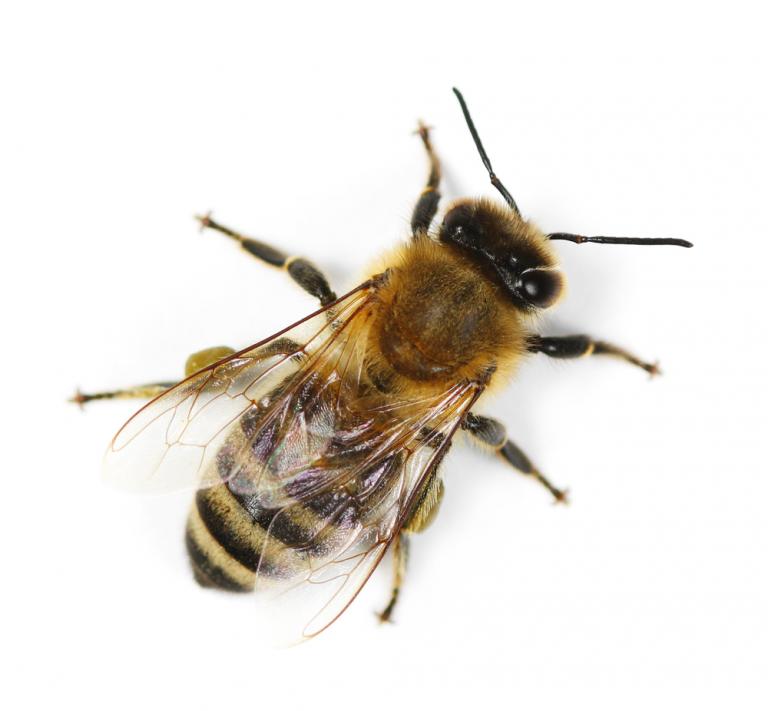
Blue Diamond and Centaurea ‘Synergy’
Blue Diamond wanted to do their part in helping the environment within our garden centres, involving our teams and customers. We decided that urban Beekeeping was high on our wish list and by having bee hives in our centres, we could achieve this goal. We made contact with Michael, at Centaurea who understood our wishes and was able to help fulfil our expectations.
Michael’s knowledge and expertise has provided us with a great insight into the world of the Honey bee, and how we might spread the word about Plan Bee and its environmental impact.
During Michael’s regular visits to the hives, he encourages our willing teams to get involved in the world of urban Honey bees.
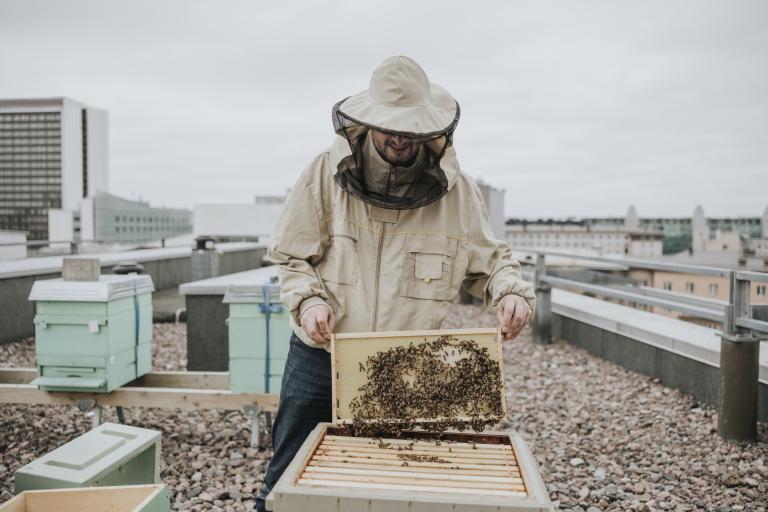
There is only one species of Honey bee in the UK, identified by it’s slim, sandy thorax and black abdomen with golden amber bands. They are active from March to September, working effectively in colonies of up to 50,000 bees, pollinating and collecting pollen and nectar from flowers and trees. Honey bees live in hive cavities filled with honeycomb, made from wax and have been domesticated for centuries.
Why Urban Honey Bees?
Bees can thrive in urban areas, often being healthier and more productive than bees in the countryside due to a higher density and varied nectar source.
Honey bees require our help as they cannot travel for long distances without needing a resting spot with a source of nectar, such as a patch of wildflowers. So, by planting pollinator-friendly plants in our outside spaces, we can support them.
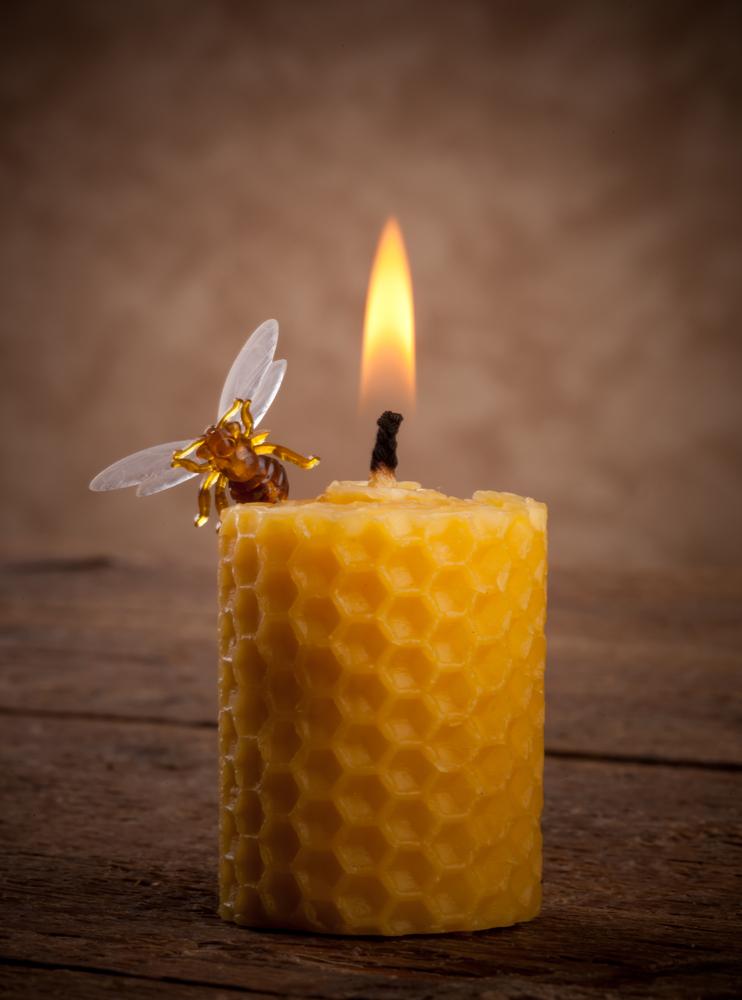
Candles and Honey
We have honey and a range of handmade candles made from wax collected from our hives. These are available in our participating Plan Bee Blue Diamond Garden Centres and make ideal gifts or just as a treat!
The proceeds from these products contribute to the upkeep and expansion of our Plan Bee program.
Candles
During late summer/early autumn honey and wax is collected from our hives. The wax is then filtered by wrapping it in a cheesecloth and placing it into a bowl of hot water. The melted wax flows out of the cheesecloth into the water leaving the debris in the cloth. A filter is than placed in a metal pitcher and heated in a pan of boiling water until the wax melts. The filtered wax is now poured into the silicone moulds and the wick is inserted; these are left to cool and then removed from the mould.
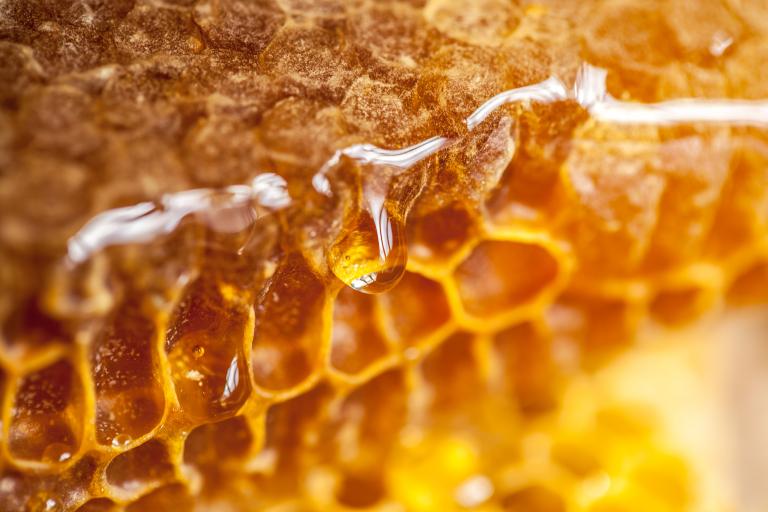
Honey
Our honey comes from local flower nectar.
It takes 2 million flowers and 50,000 miles for the bees to make a 454gm jar.
Honey contains sucrose, fructose and glucose in quantities which are determined by the flowers on which the bees have foraged. It also contains associated pollens which are believed to assist with easing the effects of allergies.
The honey’s taste can be affected depending on the source of the collected nectar.
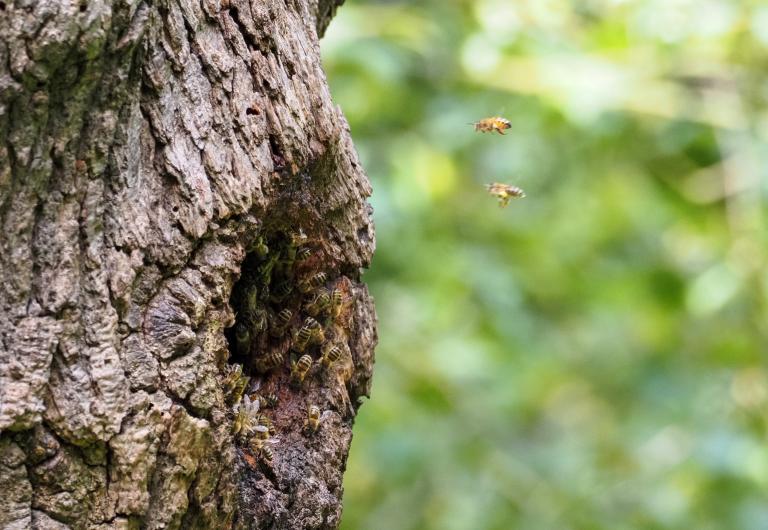
What can you do to help?
Throughout the year we will be highlighting the importance of bees and what we can all do to support them in our Diamond Club mailers. To sign up, click here:
Every year, the rising temperature during early spring signals the end of hibernation and many species of bee begin to wake up. They start to forage for nectar and pollen so it’s a good idea to plant some flowering plants in your garden at this time of year.
From as early as late Feb, Bumblebees are waking up and are searching for food. Queen Bumblebees will start to look for somewhere to nest and lay their eggs in places such as abandoned animal holes. Others nest above the ground in places like compost heaps, while some make nests high up in bird boxes or hollowed trees.
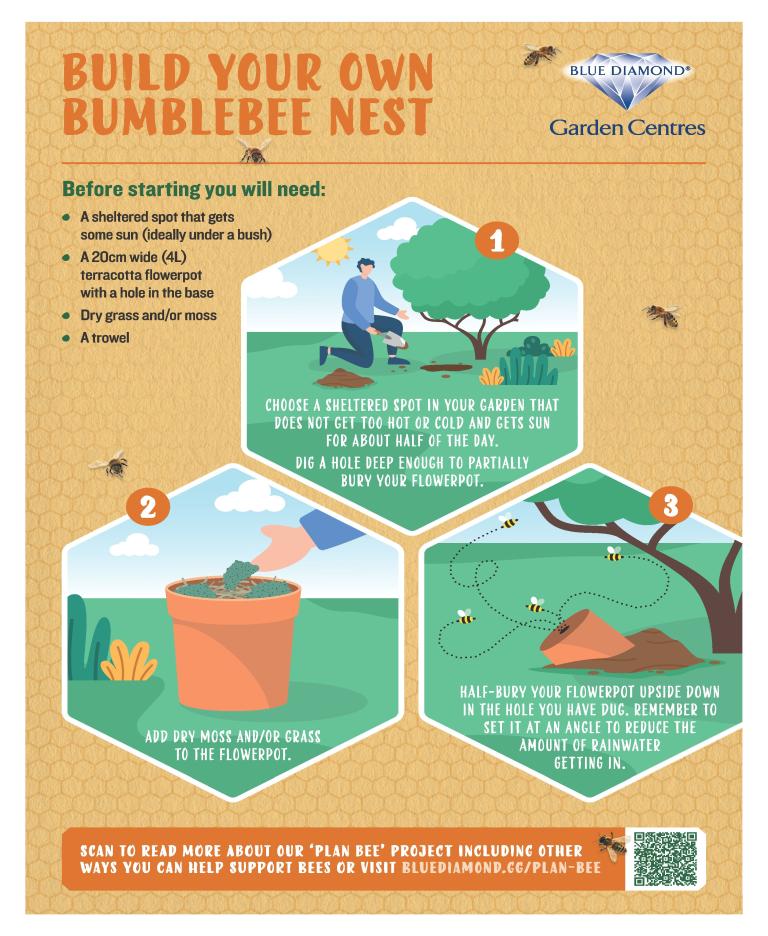
Here are four simple ways you can help:
- Make a Bumblebee nest by burying an upturned terracotta flower pot with the hole at ground level in a quiet corner of your garden. Don’t be too tidy! Bumblebees will look for somewhere sheltered with long grass to nest.
Download and print our worksheet here.
- Create a bee bath in your garden. Bees collect water to aid their digestion, to keep their guts healthy and to keep them cool in the hive.
Watch our instructional Facebook video here.
- Plant early pollinator-friendly flowering plants that are rich in nectar to provide food for bees. If you don’t have a garden a simple window box, pot, container or a roof garden will still help. Three great examples of pollinator-friendly plants for early spring are: Crocus, Primula and Snowdrop.
- Use Organic based products in your garden and avoid harmful toxins to the environment - choose from a wide range available in store and online:
RHS Chelsea Flower Show
Here at Blue Diamond, we are committed to protecting wildlife and are spreading the word not just in our plant areas, but also at flower shows across the UK.
In 2024, at the RHS Chelsea Flower Show, our Main Avenue Show Garden showcased a wide variety of pollinator attracting plants.
Pioneering social reformer Octavia Hill, a founder of the National Trust, was the inspiration behind our multi award-winning garden. Octavia believed that ‘the healthy gift of air and the joy of plants and flowers were vital in everyone’s life’.
Blue Diamond second this notion and believe in gardens for all – for people, nature and wildlife and that gardens have the power to transform lives.
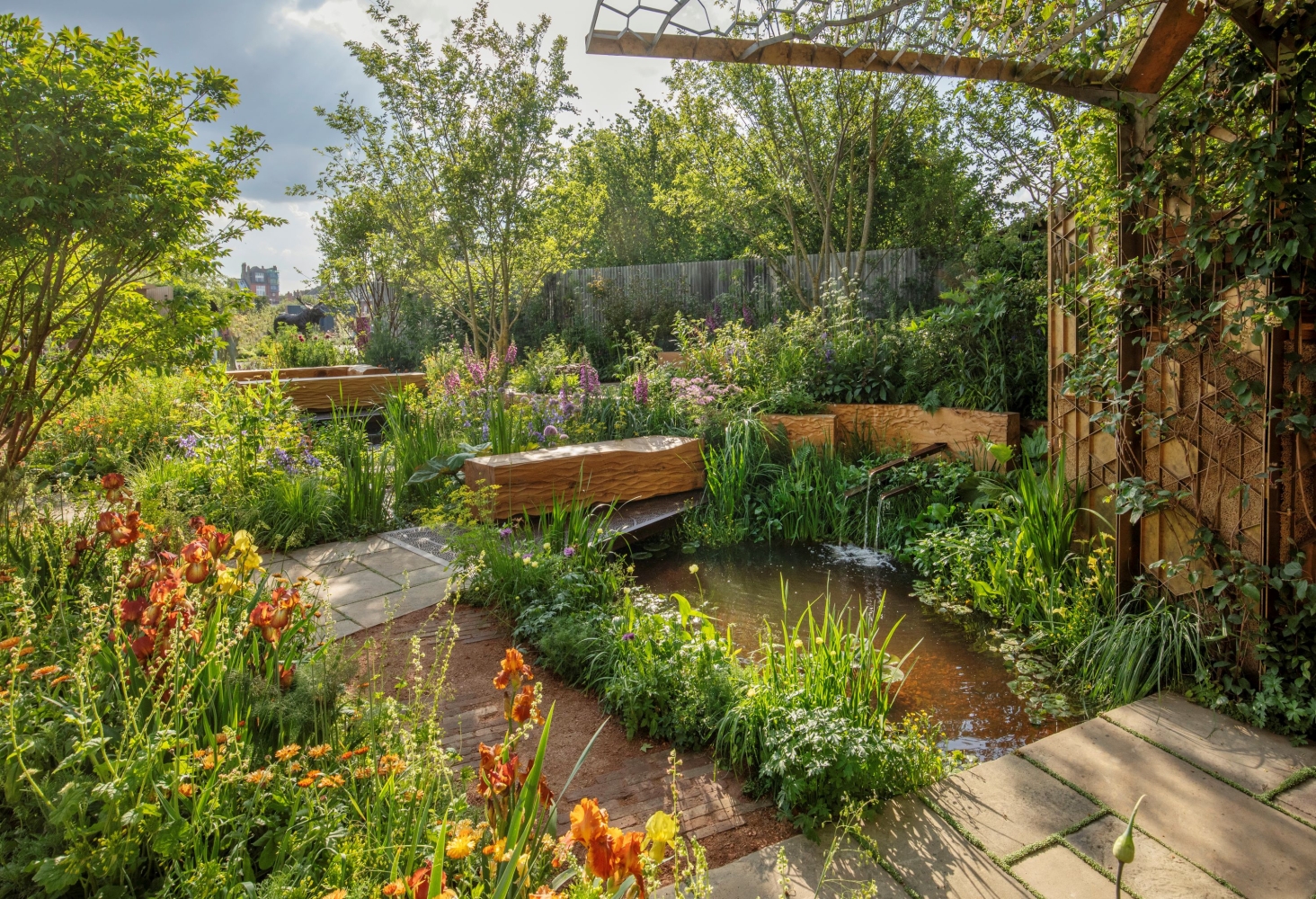
Credit- © Marianne Majerus

